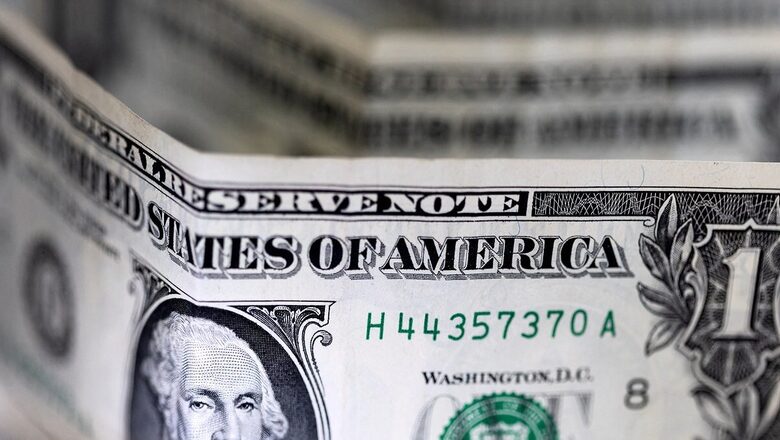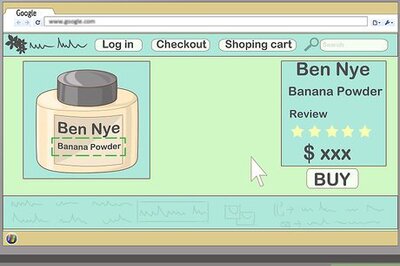
views
The Federal Reserve is expected to raise interest rates by a quarter of a percentage point on Wednesday, marking the 11th hike in the US central bank’s past 12 policy meetings and possibly a last move in its aggressive battle to tame inflation.
Latest: US Fed Hikes Interest Rates By 25 bps; 11th Hike In Past 12 Meetings
The increase, anticipated by investors with nearly a 100 per cent probability, would raise the benchmark overnight interest rate to the 5.25 per cent-5.50 per cent range. That would bring it to roughly the highest level since the approach to the 2007-2009 financial crisis and recession.
There’s little sense a similar collapse is on the horizon. Far from it, the economy is proving more resilient to rising interest rates than expected, with ongoing growth and an unemployment rate that is currently pinned at a low 3.6 per cent.
In assessing where policy may move next, in fact, the Fed will be balancing whether the economy remains too strong to return a still-elevated rate of inflation to the central bank’s 2 per cent target against evidence that a process of “disinflation” may be underway that is likely to continue even without any further rate increases.
After a rapid series of rate hikes over the last year, with the central bank moving in unusually large three-quarters-of-a-percentage-point steps at one point, policymakers say they are now making meeting-by-meeting judgments based on incoming data, an approach meant to keep their options open and one likely to be emphasized by Fed Chair Jerome Powell in a press conference shortly after the 2 p.m. EDT (1800 GMT) release of the policy statement.
A key question, said Steve Englander, head of G10 FX research and North America macro strategy at Standard Chartered, is whether the Fed “puts more emphasis on weaker-than-expected inflation or stronger-than-expected activity in determining policy” moving forward.
NEARING THE END
The Fed will not update quarterly economic and interest rate projections at this week’s meeting, though policymakers will have a chance to discuss quarterly bank survey data that has taken on heightened importance since a string of regional bank collapses earlier this year.
Policymakers’ projections in June showed the Fed likely nearing the end of its hiking cycle, with a majority of them seeing the need for only one further quarter-percentage-point increase beyond the expected hike on Wednesday.
Data since June, if anything, has lowered expectations that further rises in borrowing costs will be needed, with headline inflation data coming in weaker than expected, and information about producer prices and other aspects of the economy suggesting further moderation is developing. Indeed, as policymakers began their two-day meeting on Tuesday, the Conference Board reported U.S. consumers’ 12-month inflation expectations sank to the lowest level since November 2020.
New data on the Fed’s preferred measure of inflation, the personal consumption expenditures price index, will be released on Friday. A Reuters poll showed economists expect the measure, stripped of volatile food and energy prices, to have increased at a 4.2 per cent annual rate in June, which would be the lowest since September 2021.
That is a significant decline in a data point that has been stuck at around 4.6 per cent since December. But it is still more than double the Fed’s target, and officials including Powell have said they will not shift gears on policy until progress on inflation is sustained over several months and they are convinced the pace of price increases will return to 2 per cent.
The Fed will have a larger-than-usual amount of data to assess before its next meeting on September 19-20, some eight weeks away. The typical gap between meetings is six weeks. The longer span allows a full two months of information on jobs and inflation to accumulate, and in this case, will also provide the first two of three reports on economic growth in the second quarter.
















Comments
0 comment